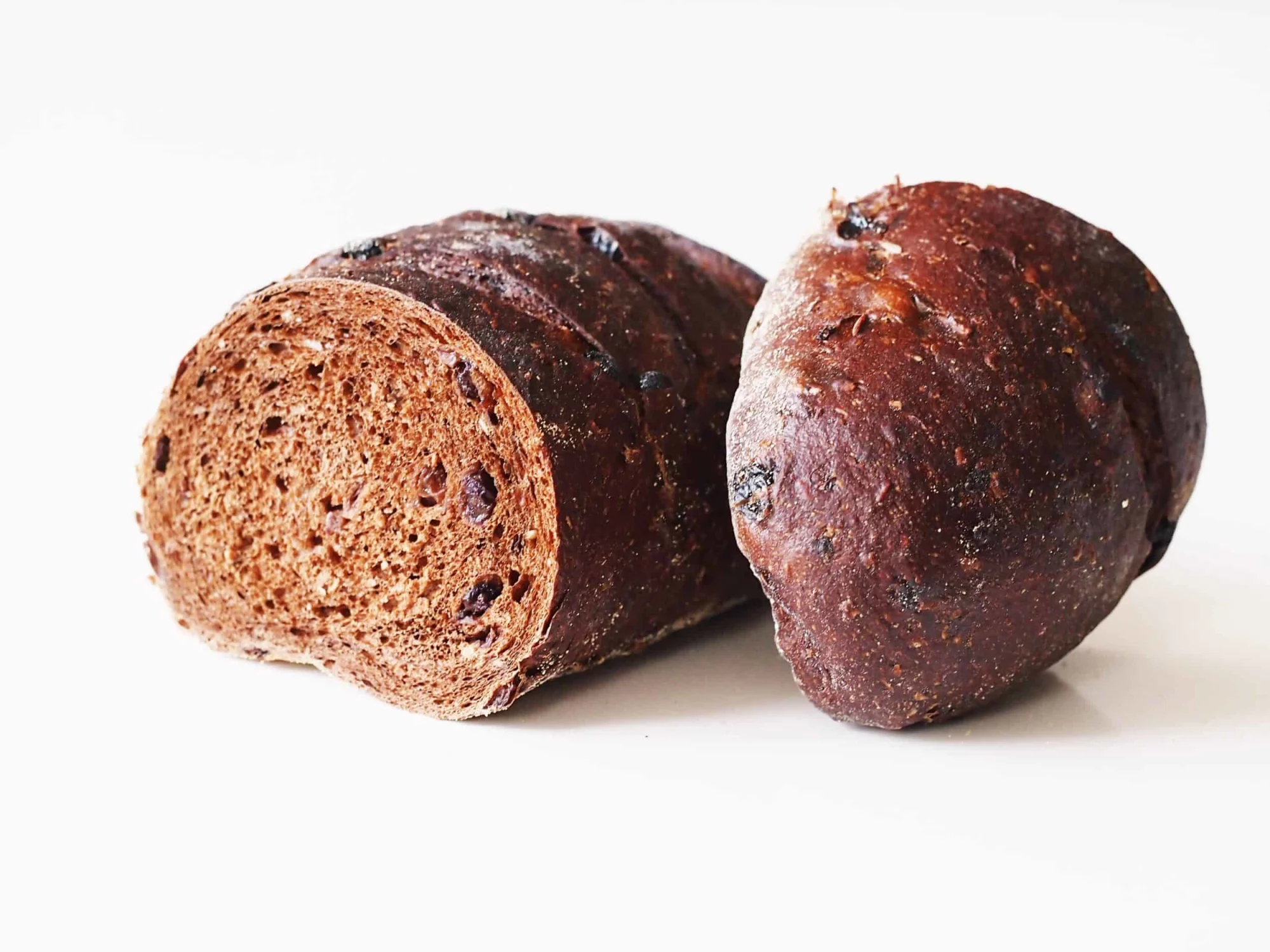What's the Best Bread for Babies?

Surprisingly, when it comes to bread for babies, starting with the crusty ends of bread (or strips of toasted sliced bread) can actually be safer than a slice of a soft, pillowy variety like pre-sliced sandwich bread. Our licensed pediatric pros explain what you need to know.
When can babies have bread? Which bread is best for babies?
Bread may be introduced as soon as baby is ready to start solids, which is generally around 6 months of age. Keep in mind:
Start with resistive pieces of bread, like a strip of toast the size of two adult fingers pressed together, or the heel cut off from a crusty loaf of bread. Soft, sliced bread has a tendency to glom up in the mouth and can form a large, sticky mass that baby is likely to struggle with. If sucked on long enough it may cling to the roof of their mouth as well, making it difficult to expel. Soft breads are notorious for causing gagging, too.
Avoid breads made with honey, which is associated with an increased risk of infant botulism.
Look for breads with no large seeds or dried fruit baked into them, as these pose an increased choking risk for babies.
Remember that bread is often made from multiple common allergens, including wheat, dairy, and soy. Make sure to safely introduce each allergen individually and rule out an allergy before offering all together in a food like bread.
Once baby’s pincer grasp forms, you can go down in size to small torn pieces, which often helps to increase consumption. But feel free to continue offering the larger pieces as well, since these offer great practice for biting and tearing.
Learn more about bread and hundreds of other foods in the Solid Starts app. Just starting solids? Solid Starts Compass℠ is our guided app experience to help you navigate first bites and beyond. Start your free trial.
Ready to get started?
Download the app to start your journey.
Expert Tips Delivered to Your Inbox
Sign up for weekly tips, recipes and more!
Copyright © 2025 • Solid Starts Inc
